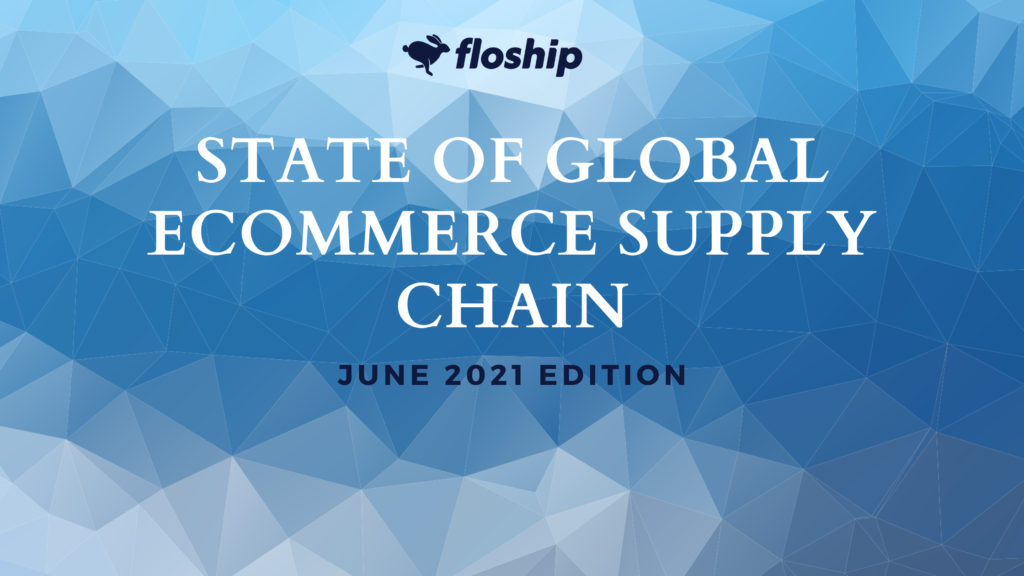Q3 2021 is fast approaching and as predicted, the ecommerce supply chain from China to the US consumer’s front door is still fragmented by a resource shortage to fulfill the constantly growing US consumption. For those who read my last article: The Disruptive Effect Of COVID-19 On Your Ecommerce Supply Chain In Q2 2021, today is an update on the latest development on bottlenecks in Asia, containers, West Coast US ports and what this all means for your ecommerce brand.
Let’s Get Started.
US DEMAND VS ASIA SUPPLY
The National Retail Federation is forecasting a continued record surge of imports until Q4 2021. Quantitatively, By August 2021, U.S. imports are projected to surpass 2 million TEUs for 11 of the last 13 months. To put things into perspective, compare this to the lowest volume month in the past 4 years – March 2021 when monthly TEUs stood at 1.37 million. Historically the last time TEUs exceeded the 2 million containers was in October 2008.

On the other side of the Pacific, the continual surge in demand is putting extreme pressures on factories, especially in China. US brands are pushing for the increase production capacity, but US ports are faced with the continual battle to process the increasing backlog of loaded containers.
CONTAINERS SITUATION
The ripple effect from the congestions and gridlock on the destination side means Asia is still facing containers shortages, an issue further exacerbated as carriers have started to cancel number of weekly sailings in an effort to clear the pile up of vessels and containers in US and Europe. There are no signals to indicate that demand will ease at all in the coming months, ahead of the traditional holiday/back-to-school peak season that usually kicks into gear in July.
US PORTS
The ports of Long Beach/Los Angeles are projecting especially strong import volumes in the coming weeks. Los Angeles will receive 163,917 TEU of imports for the week ended May 15; 177,590 TEU the week of May 16 to 21; and 137,920 TEU the week of May 22 to 28. Long Beach will receive 87,362 TEU imports the week of May 16; 87,767 TEU the week of May 23; and 99,610 TEU the week of May 30.
Although the Ports of LA/LB have seen a drop in “vessels at anchor” recently, this is off-set by the increase in anchored vessels in Oakland and Vancouver, as vessels divert away from LA/LB in an effort to help clear the severe congestion clogging up terminals in southern California. Oakland handled just over 100,000 TEU in April, its third consecutive month of import gains. It was also the second straight record month.

source: Northwest Seaport Alliance
Whilst these are positive signs, the effect of the US demand, container shortages and vessel cancellations means continued transit delays up to 2-3 weeks beyond carriers’ posited transit times.
FREIGHT RATES
The Freightos Baltic Index shows another upward spike in freight rates in May and carriers have just announced further FAK increases for the rest of May and June. These indices reflect latest FAK rates before any “Premiums” are applied. “FAK + PREMIUM” is filling the ships now as carriers continue to limit the allocation of special “Named Account” (NAC) rates that were negotiated in April for the new contract year. Since the start of 2021, we have seen up to 45% increase in cost per TEU on China to USWC & USEC carrier lanes.
Until next month.

Ready To Upgrade Your Logistic Solution?
Speak to Floship ecommerce logistic consultant about improving your global support chain today





